Five Must See Shows This Spring
Museums are presenting long-awaited or startlingly new exhibitions of artists whose work can’t fail to surprise.
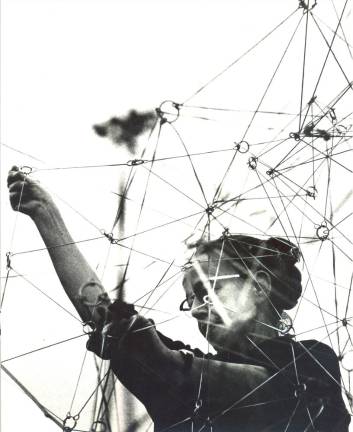
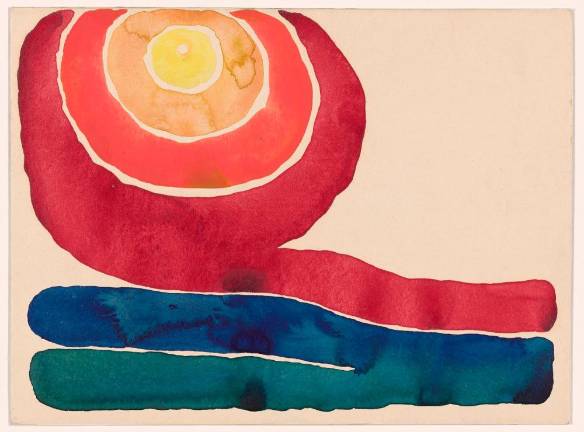
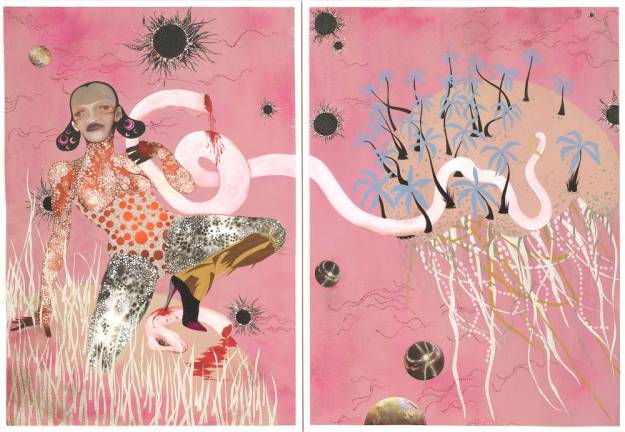
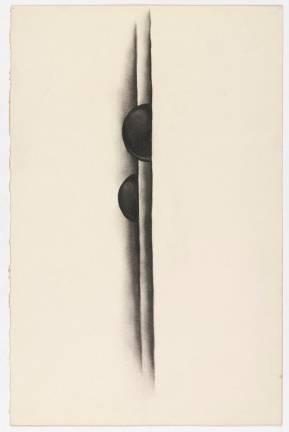
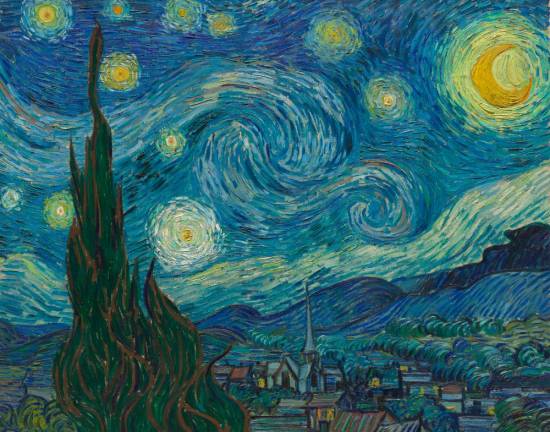
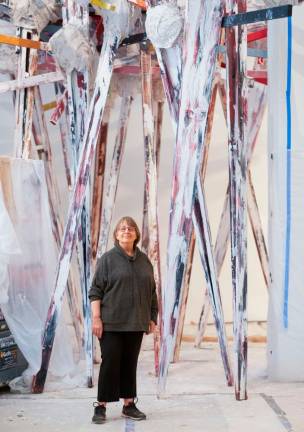
By Mary Gregory
What’s a Gego? If you know, you know. And if you go to the Guggenheim’s exhibition, you’ll both know and never forget. While other artists draw with pen or pencil on paper or board, Gego, or Gertrud Goldschmidt (1912-1994), drew with objects in space. Her process in a nutshell: take a wire, bend it, suspend it, and upend art as we know it. Trained as an architect, Gego’s work addresses spatial relationships, line, form, movement and light. It’s been almost two decades since New York audiences have had the chance to consider Gego’s work, vision, and impact, all of which are still rippling through the art world. Hanging wires become drawings, create shadows that complete compositions, shift as the viewer moves, and generally astonish. Five ramps present some 200 pieces that hold poetic conversations with contemporary artist Sarah Sze’s “Timelapse” a concurrent exhibition of space-filling site-specific installations.
Identity is a prominent theme in contemporary art, as creators worldwide consider the implications of race, gender, nationality, economics and more. Kenyan born New York artist, Wangechi Mutu, adds layers of imagination, myth, and fantasy, to bring an otherworldly expansiveness to her work. Her first solo show at the New Museum presents collage, painting, sculpture, film and performance. Find fanciful figures and hybrid beings that give voice to timeless feminine realities. “Feminine energy” Mutu told Art21 is “an eternal source of inspiration.” Her abstract, monumental goddesses graced the façade of the Metropolitan Museum a few years ago. Here’s a chance to discover the full range of this inventive artist’s work.
Tragically, renowned British sculptor, Phyllida Barlow, passed away in March, just weeks before her first major exhibition in New York. “Prank,” opens in City Hall Park in June. Barlow’s work is known for being monumental and multifaceted and taking hold of space in new and unexpected ways. She pioneered a practice of utilizing inexpensive, transitory materials like plywood and Styrofoam to create forests of powerful yet playful forms, rather than finely polished shapes poised on pedestals. For this, Barlow’s first major outdoor show, though, the work is fashioned from fiberglass or steel, with objects perched, teetering, and topped with whimsical rabbit ears.
For a Vincent van Gogh experience unlike any other, get to the Met for this major exhibition looking at the artist’s focus on cypress trees. Tall and twisting, dark and deep, they fueled van Gogh’s imagination when he first encountered them in the south of France. For two years, they played a starring role in his paintings of nature, and their foregrounding allows “The Starry Night” to sparkle. Some 40 works, including extraordinarily rare loans, will create an unforgettable portrait of this beloved, if misunderstood, artist.
Georgia O’Keeffe: To See Takes Time
In 1946, the Museum of Modern Art presented its first solo exhibition of the work of a woman artist. It was Georgia O’Keeffe. Instead of wondering what took so long to revisit her oeuvre, revel instead in the glorious precision, fearless experimentation, and rigorous simplicity of her forms and colors plotted on paper. O’Keeffe’s pure abstractions broke barriers. The subjects of art no longer even had to hint at anything more than line, volume, color and shape. In “Special No.39” from 1919, two vertical strokes balance two black hemispheres that seem to burst through the surface. They’re weightless and colorless, depicting nothing, yet recalling endless possible permutations of life, growth, expansion and presence. Yes, there will be flowers. Yes, there will be paintings. But the real draw is the chance to witness the thought process and experimentation over several series of explorations by this great American maven of modernism.